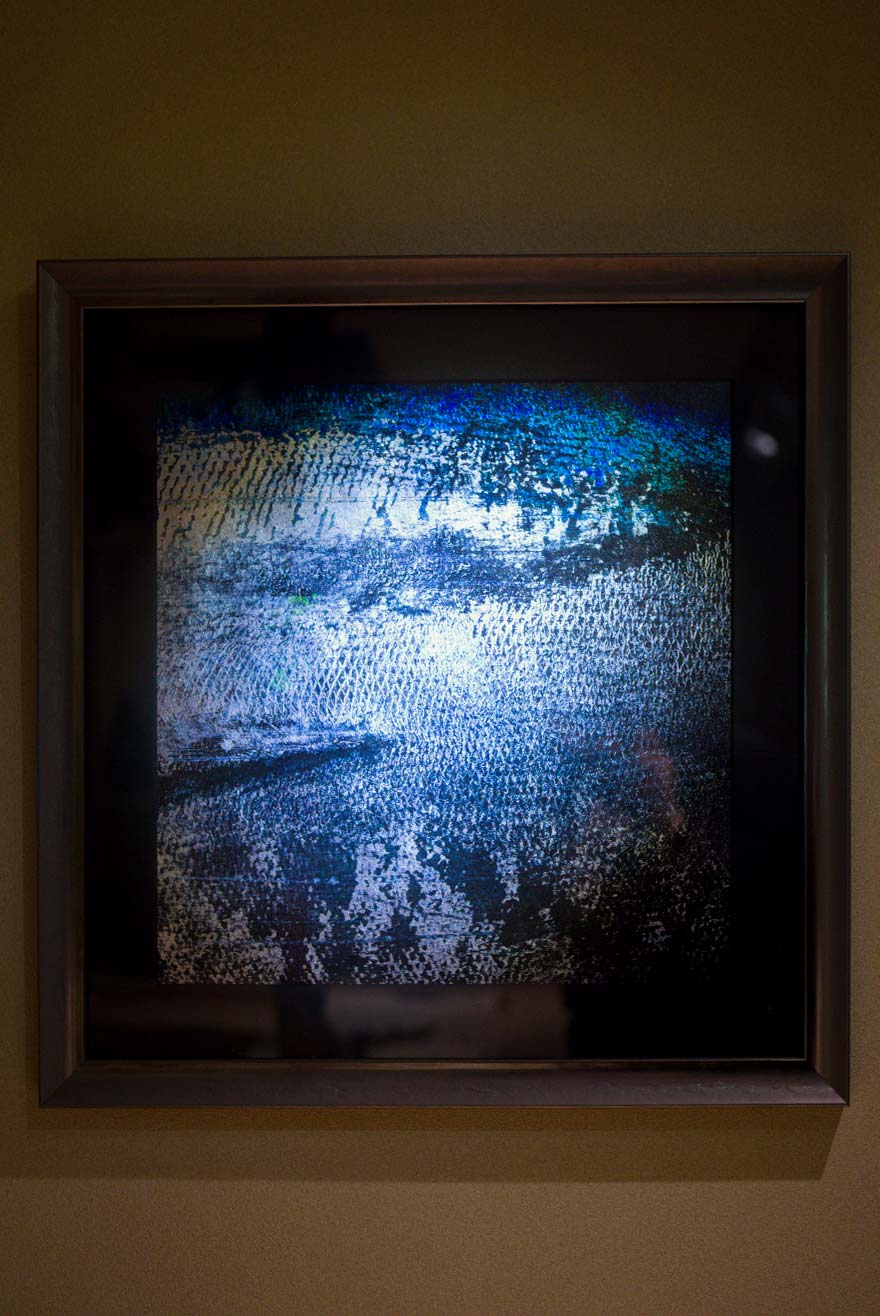
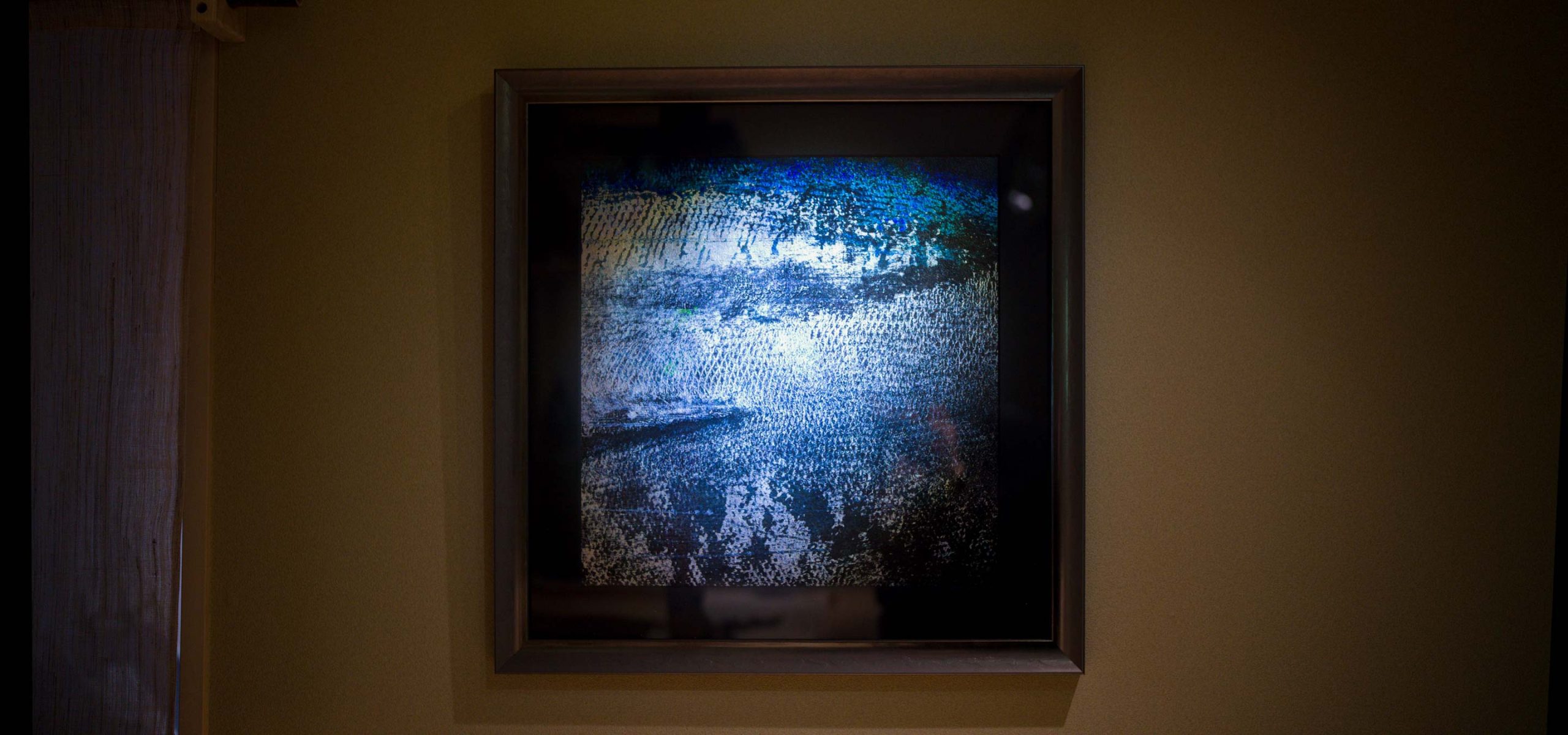
2024


このシリーズの初出は山紫水明∽事事無碍∽計算機自然展(2018年)で,そのときは鯖の体表をモチーフに風景の絵として切り出した.自然は常に世界のあらましを計算している.生物のチューリングパターンも擬態も網膜の特性と敵対的生成を繰り返している.美しい風景の転写が見られる魚の体表が好きだ.さて,今回は高山で釣ったばかりの天然鮎を日下部民藝館で撮影させていただいて(その後美味しく食べました),小肌は白金の鮨 みず乃で酢締めしていただいて,鮪は近畿大学の水産研究所(紀伊半島の先端)で水揚げしたばかりのクロマグロを撮影させていただきました(マグロはすぐに出荷されていきました).江戸前から高山から和歌山紀伊半島の先端までの旅路を経てまた江戸に帰ってきた皆様,味わい深い.
This series first appeared in the "Beauty of Natural Resolution ∽ End to End Transformation of Material Things ∽ Digital Nature" exhibition (2018), where mackerel skin was used as a motif for landscape painting. Nature is constantly calculating an outline of the world. Both Turing patterns in organisms and camouflage repeatedly engage in adversarial generation with retinal characteristics. I love the beautiful landscape transfers seen on fish skin. For this series, we photographed freshly caught wild ayu in Takayama at the Kusakabe Folk Museum (later enjoyed eating them), vinegar-cured kohada at Sushi Mizuno in Shirokane, and freshly landed bluefin tuna at Kinki University's Fisheries Laboratory (at the tip of the Kii Peninsula). These subjects, having journeyed from Edomae to Takayama to the tip of the Kii Peninsula in Wakayama and back to Edo, are rich in flavor and meaning.
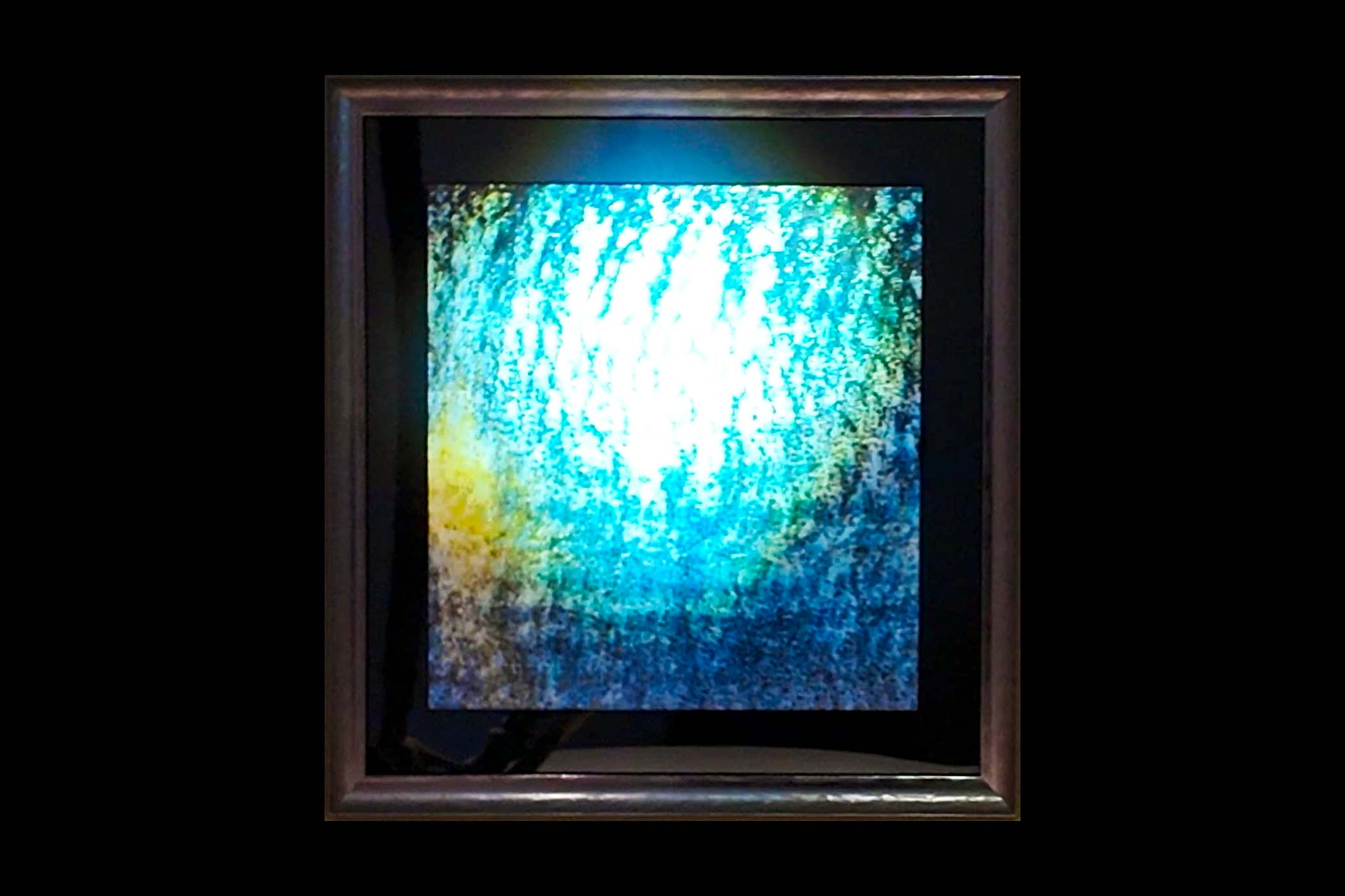
計算機自然,川と空の点描:鮎
Perspectives of Digital Nature: Sketch of Wave Forms, Reflections, River and Sky (Ayu)
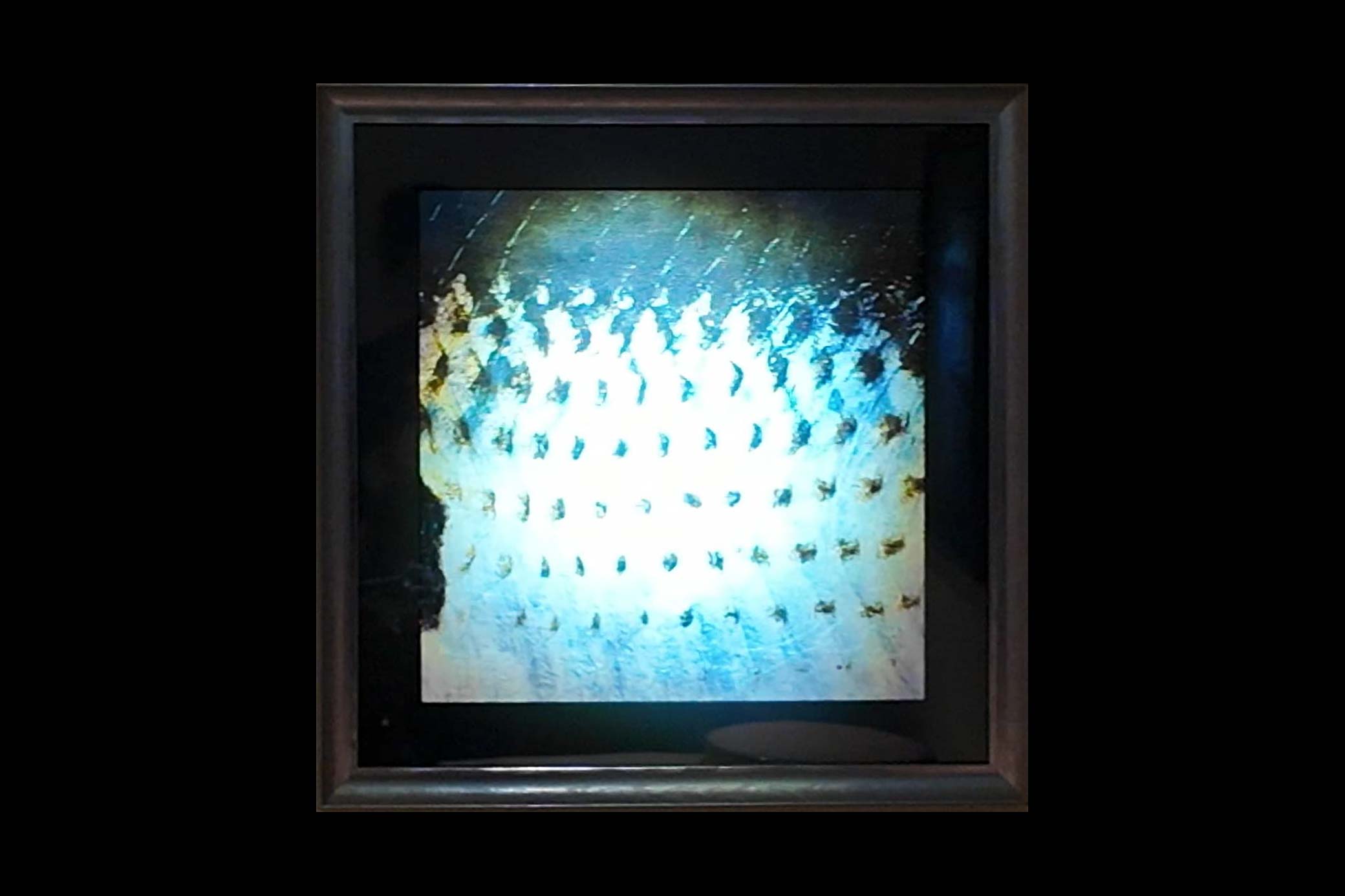
計算機自然,海と空の点描:小肌
Perspectives of Digital Nature: Sketch of Wave Forms, Reflections, Sea and Sky (Kohada)
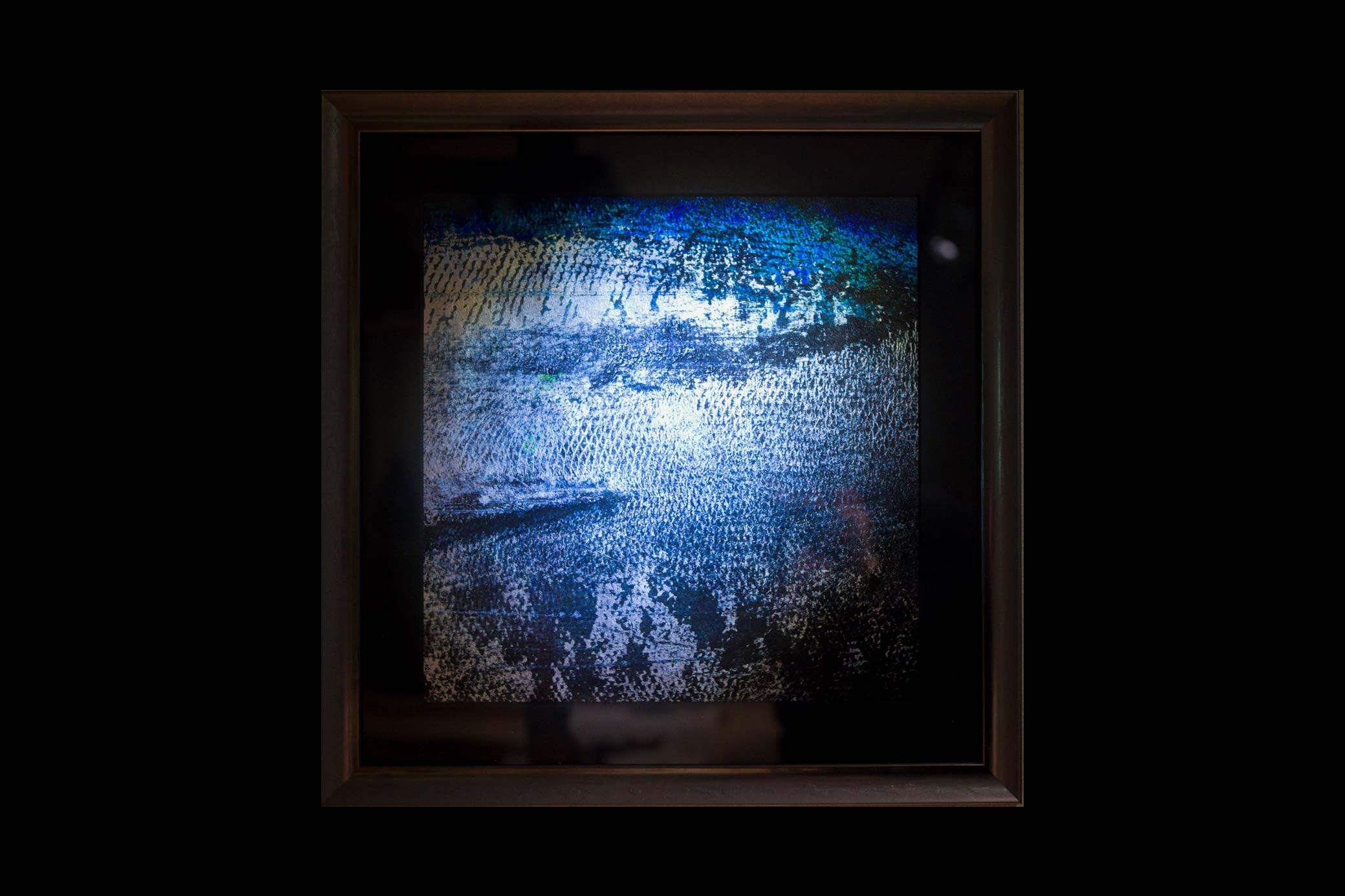
計算機自然,海と空の点描:鮪
Perspectives of Digital Nature: Sketch of Wave Forms, Reflections, Sea and Sky (Maguro)
計算機自然,海 / 川と空の点描 鮎 / 小肌 / 鮪へのお問い合わせは、当サイトのContactページのフォームよりお問い合わせください。
For inquiries about Perspectives of Digital Nature: Sketch of Wave Forms, Reflections, Sea / River and Sky Ayu / Kohada / Maguro, please use the form on the Contact page of this site.